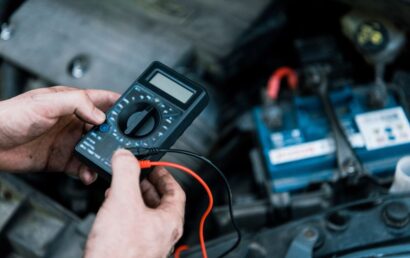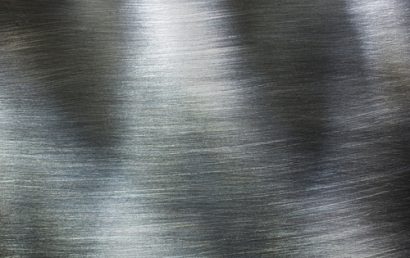3 Types Of Coatings That Are Needed In Corrosive Environments
Numerous industries deal with the effects of corrosive conditions every day. Though these conditions can vary, corrosion can have an undeniably devastating effect on equipment, maintenance costs/frequency, downtime, and eventually, a businesses’ bottom-line. Fortunately, coatings offering anti-corrosive properties provide components, machinery, products, etc. a high level of protection – even in highly corrosive environments.
Why Is Corrosion Problem?
This pervasive problem reduces or destroys the structural integrity of parts and equipment used in all environments and throughout every industry. It can be as involved as corrosive chemicals launching a high-rate chemical attack, or as simple as the rusting of steel left out in inclement weather.
By protecting a substrate with corrosion resistant coatings, the following can be achieved:
- A more corrosion resistant material can modify the working surface.
- A layer of cathodic protection can be added.
- To protect against corrosive materials, a surface can be sufficiently sealed.
Though there are numerous anti-corrosion coating options, for our purposes today, we will break them down into three basic groups:
- Sacrificial
- Inhibitive
- Barrier
Breaking Down the Three Basic Types of Anti-Corrosion Coatings
The following will outline anti-corrosion coating differences…
Sacrificial:
- The type of paint binder and additive content used determines the extent of corrosion protection.
- These coatings, even if worn or damaged, remain effective (unlike barrier coatings).
- To protect the material below, these coatings act as an additive, sacrificially corroding.
Inhibitive:
- Over the substrate, a passive layer is formed by a porous coating.
- With primers that are over coated, this is regularly used. (These types of coatings are frequently utilized in primers that are over coated because of the significant reduction, over time, of their corrosive protection.)
- As the inhibitive coating is penetrated, it reacts with humidity and metal.
Barrier:
- The substrate beneath is unprotected if the barrier is worn or damaged.
- To protect the barrier, additional film or coating is often required.
- Though a nonporous, protective layer is offered here, the lifespan of the protection is significantly affected by the solid content and film thickness.
Are You Considering Using One of These Coatings?
As beneficial as any one of these coatings can be, should you be considering utilizing one or more of them, it is essential that you hire a company that is qualified to adequately handle the type of surface protection technology involved. Ask the following questions of a potential service provider:
- When it comes to the geometry and size of your components, does the company have sufficient facilities?
- Does the company have a capacity flexible enough to process within your time limits and deal with your specific businesses’ volumes?
- What kind of technical support do they offer? Can they recommend the appropriate anti-corrosion coating that best suits your needs? Do they understand your challenges?
- Do they offer all of the coatings described above?
- What kind of certifications are held by the company and their technicians?
If corrosion is a problem impacting your bottom line, or if protective coatings are something you feel your industry can benefit from, contact the experts at A & A Coatings today. One of our experienced staff can assist you in determining which thermal spray protective coatings would best serve your needs.



